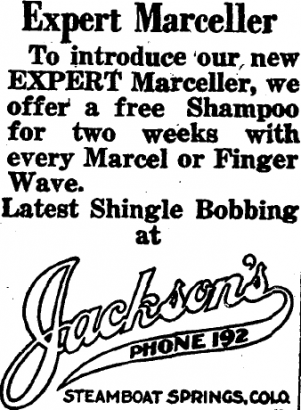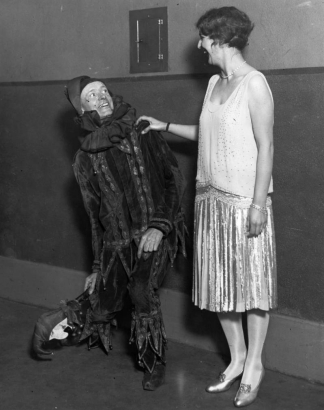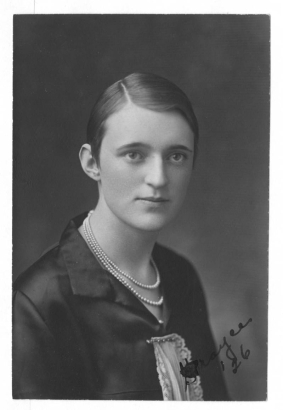In 1920, an estimated 5,000 beauty parlors were in operation in the United States. By 1930, that number jumped to over 40,000.
The cause of all this growth? Meet the “bob” and the “wave.”
"Bobs"—short hairstyles cut straight around the head, usually around jaw-level—were sported by a few women in the 1910s (most notably by designer Coco Chanel, dancer Irene Castle, and actress/singer Polaire). The antithesis of the long, pinned-up or braided hairstyles that had dominated Western women's fashion for nearly seven centuries, bobbed hair was at first a daring symbol of feminism and individuality. The look, however, gained widespread appeal in the 1920s as film stars like Gloria Swanson, Clara Bow, and Louise Brooks popularized the style.
In general, women’s hairstyles in the 1920s aspired to be exotic and sleek, with hair worn close to the head. If one had long hair, it was pulled back in a small, low chignon. Bobs were cut in tapered layers so that the hair would lie as flat as possible.
By the mid-1920s, the fad of “bobbing” had arrived in the mainstream. There were short, boyish bobs (like Josephine Baker’s “Eton crop”) and even “faux” bobs (long hair deceptively pinned up—see Lillian Gish). The bob of choice for much of the 1920s was the “shingle”—a bob that covered the ears, but was cut shorter in a v-shape at the nape of the neck. Screen actress Louise Brooks popularized the shingle, and women flocked to their local barber shop to obtain the look.
Although Brooks’ shingle was worn straight, waves grew more popular in the latter half of the 1920s. Several methods were employed to add bend in the hair:
- Comb waving: several curved combs are placed on damp hair to dry
- “Marcelling”: hair is wrapped around high-heat curling tongs to produce a tight wave
- Permanent waving: chemicals and heat produce waves that last six months (scalp burns and frizziness often accompanied results until the method was improved in the 1930s)
- Finger waving: dampened hair is shaped into waves using fingers and a comb (used from approximately 1926 into the 1930s); produces a softer, looser wave than the Marcel iron
With the rise of waved hair came commercial shampoos, setting lotions, and brilliantines (light pomades for adding shine). Hair accessories in the 1920s were numerous, but shared the characteristic of covering the forehead (while 1930s accessories were always worn high so that the forehead remained bare). Accessories of the 1920s included circlets (jewelry headpieces), headbands, bandeaus (extra-wide headbands typically worn for casual occasions), diadems (headbands for evening that resembled ornamental crowns), Spanish-style hair combs, scarves with loose ends, and turbans.
The bob continued into the 1930s, but changed in several ways. It grew more voluminous (bouncy curls were added), longer (the shingle was passé; hair needed to be longer to make curls and loose waves), and lighter (blonde actresses like Jean Harlow and Carole Lombard rose to fame).





Comments
Those images are amazing!
Those images are amazing!
Glad you like them! Check out
Glad you like them! Check out even more at digital.denverlibrary.org!
I remember we had these…
I remember we had these clips that my mom would put over a wave she had done with her fingers to let our hair dry in the clip, and then when removed, the waves stayed. This was in the 1950s.
Add new comment